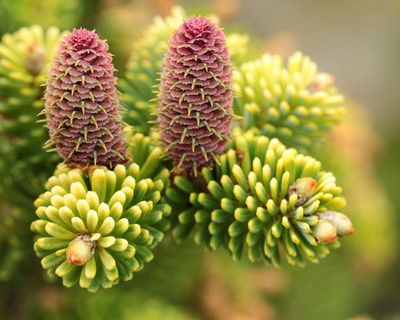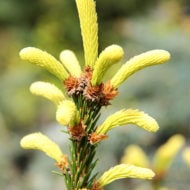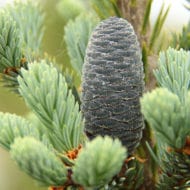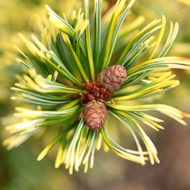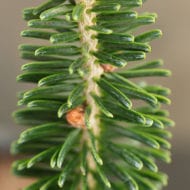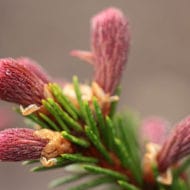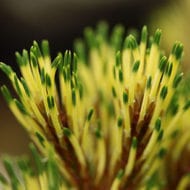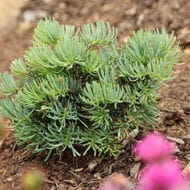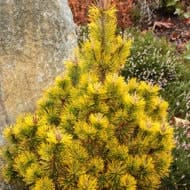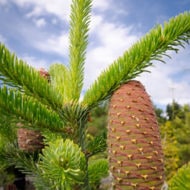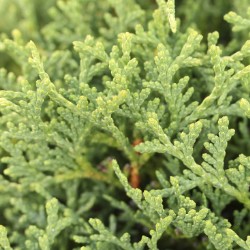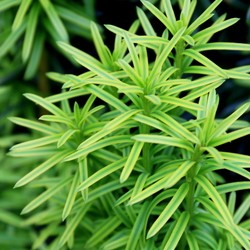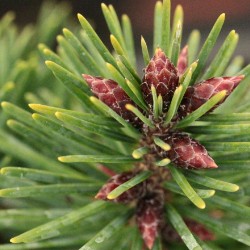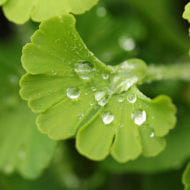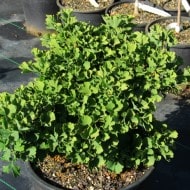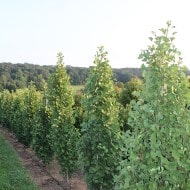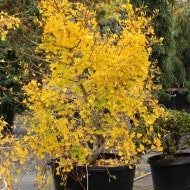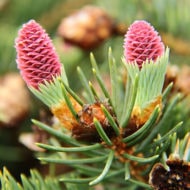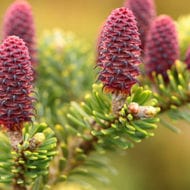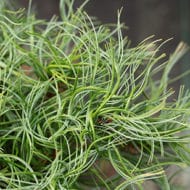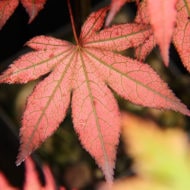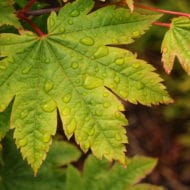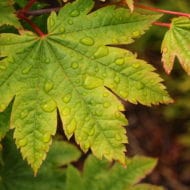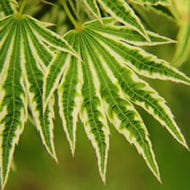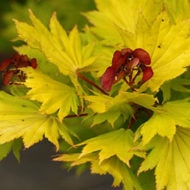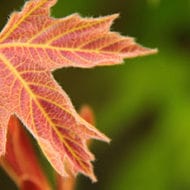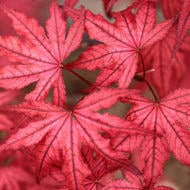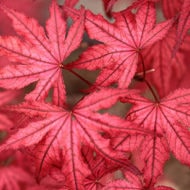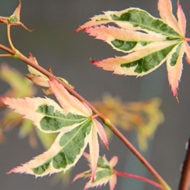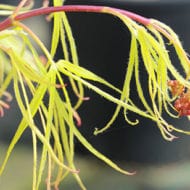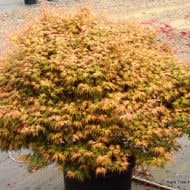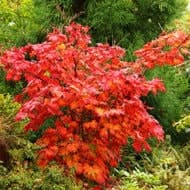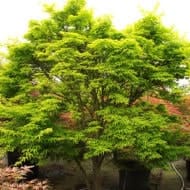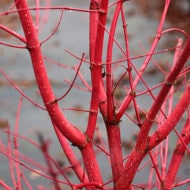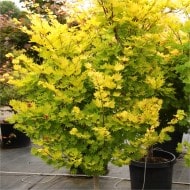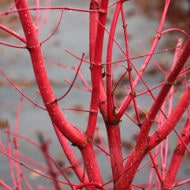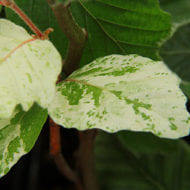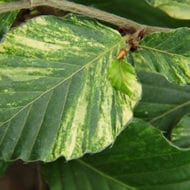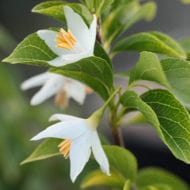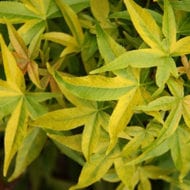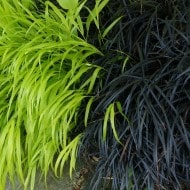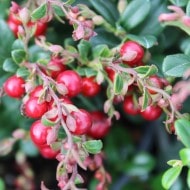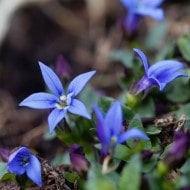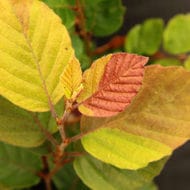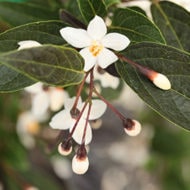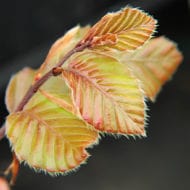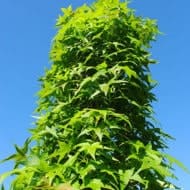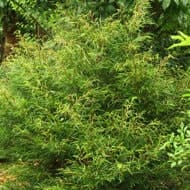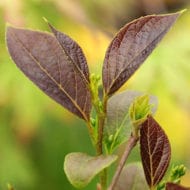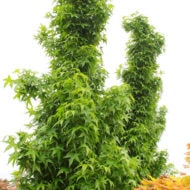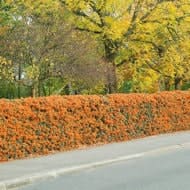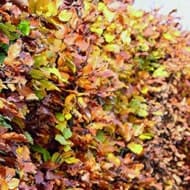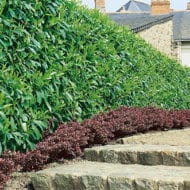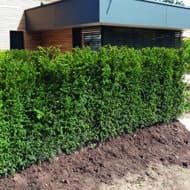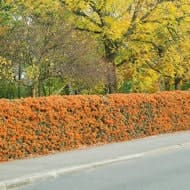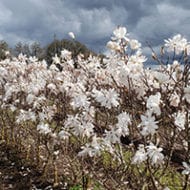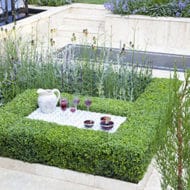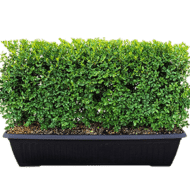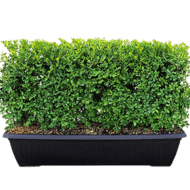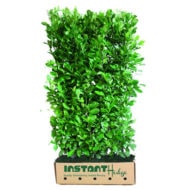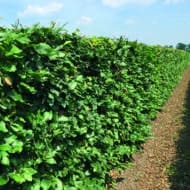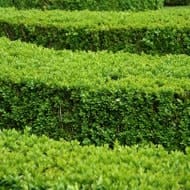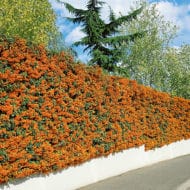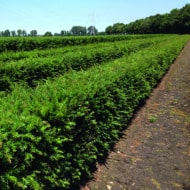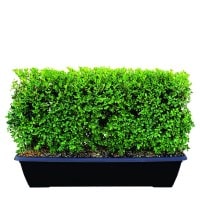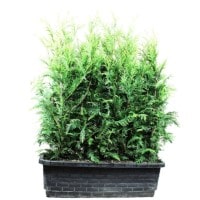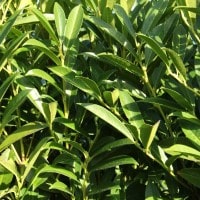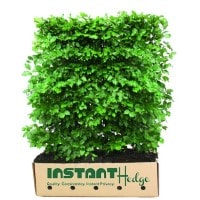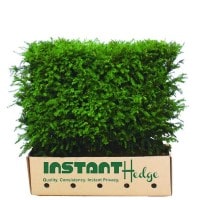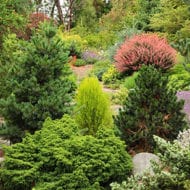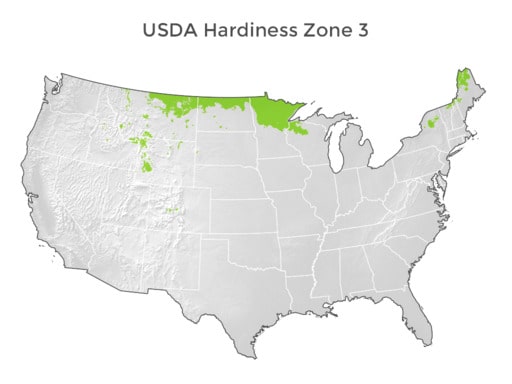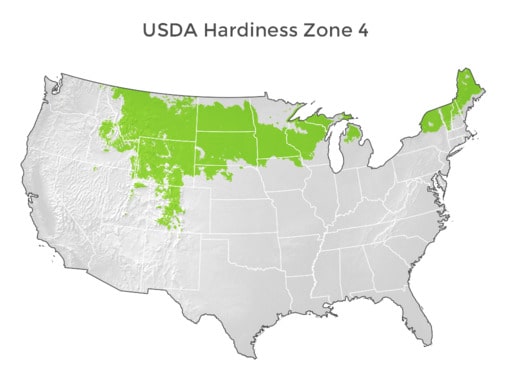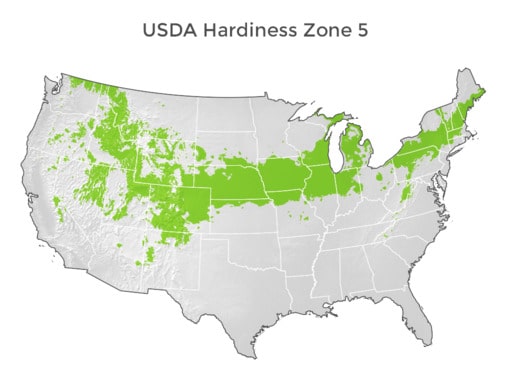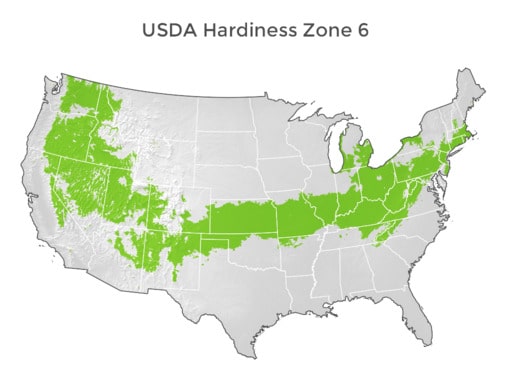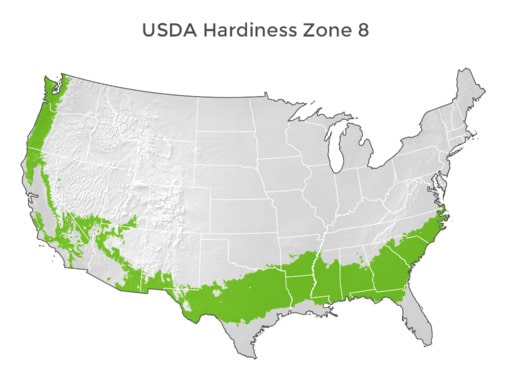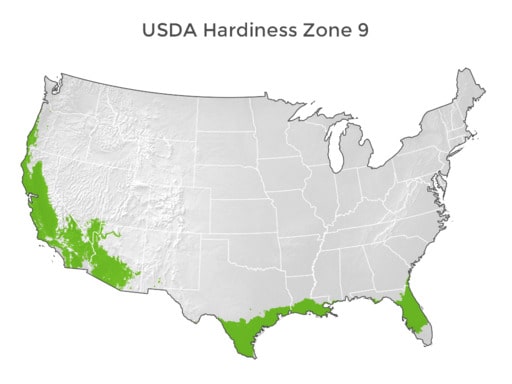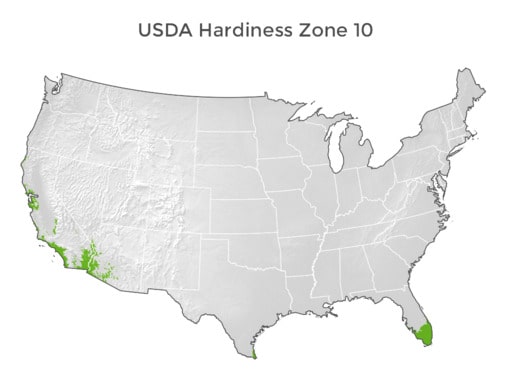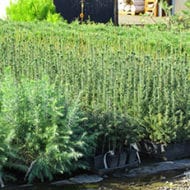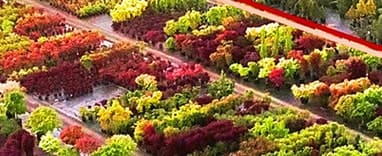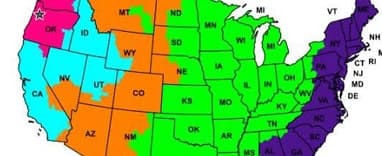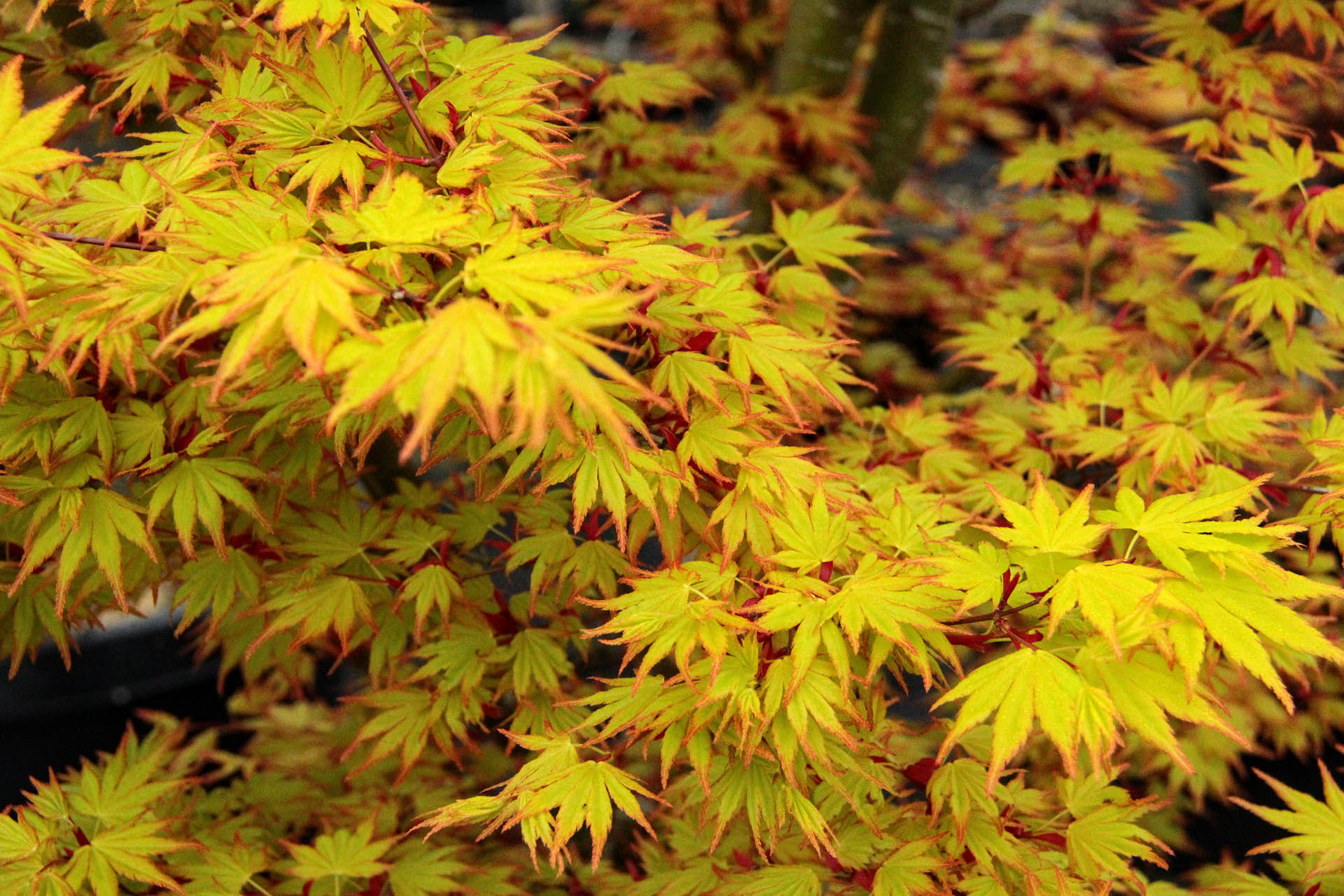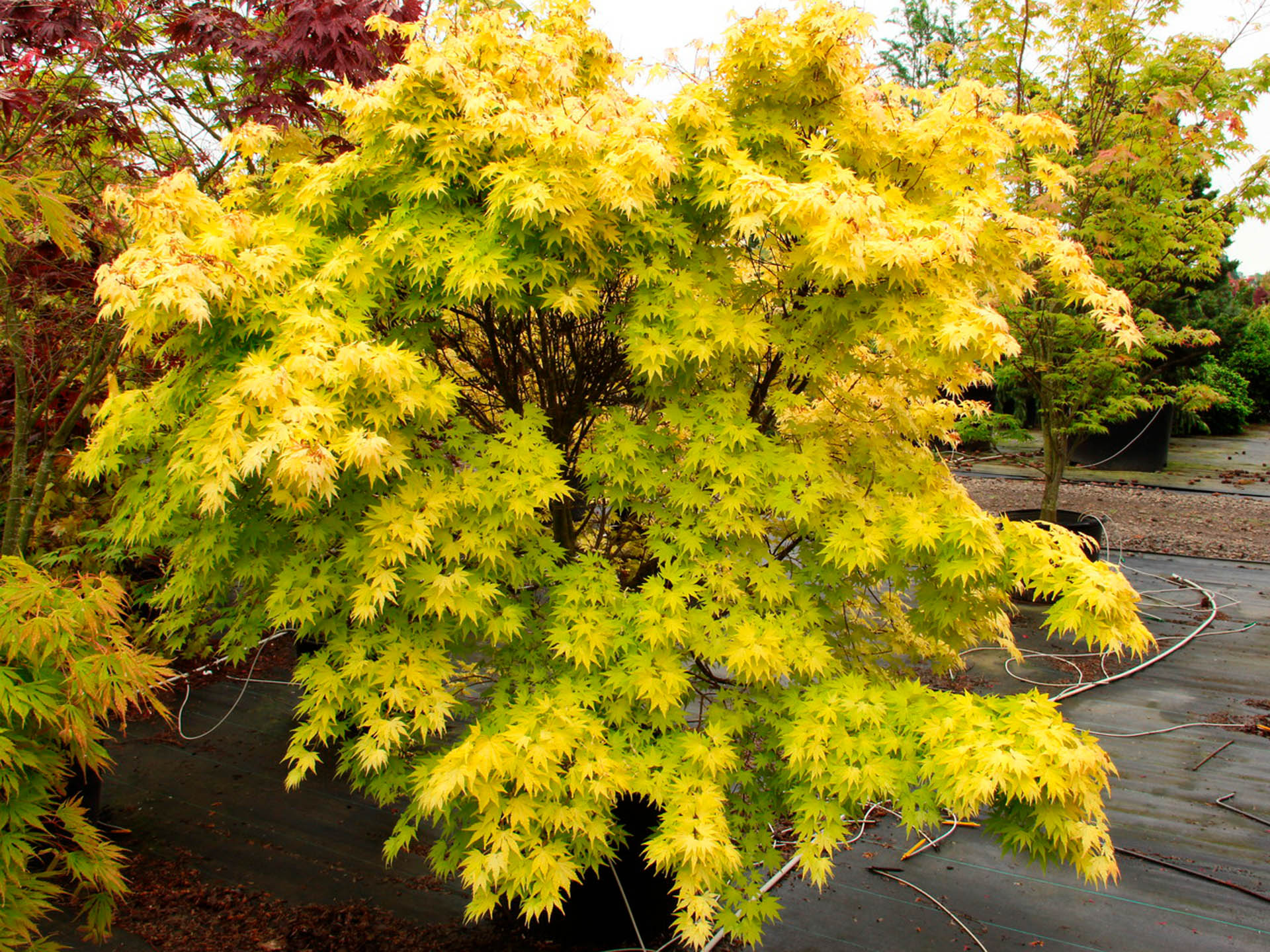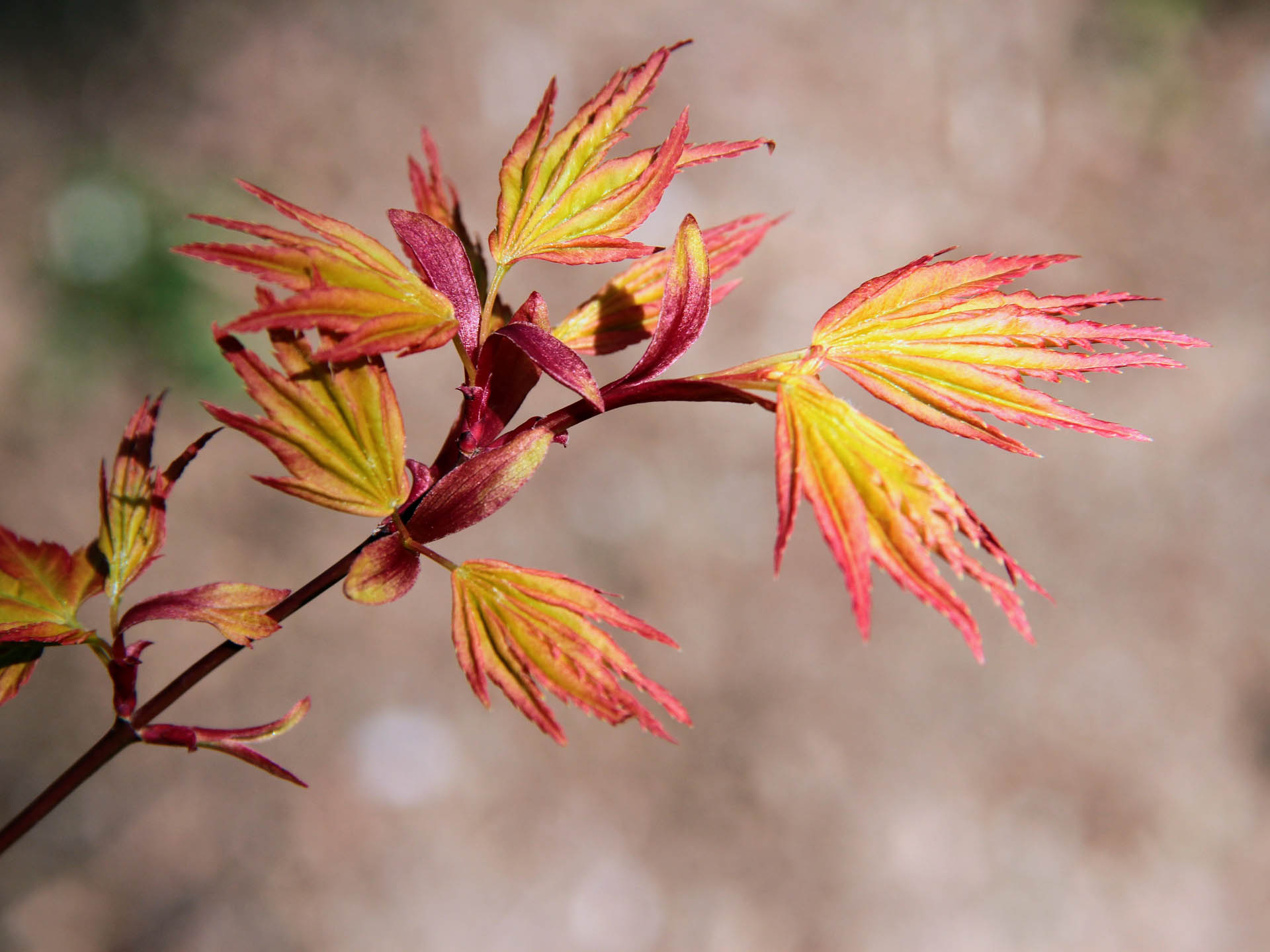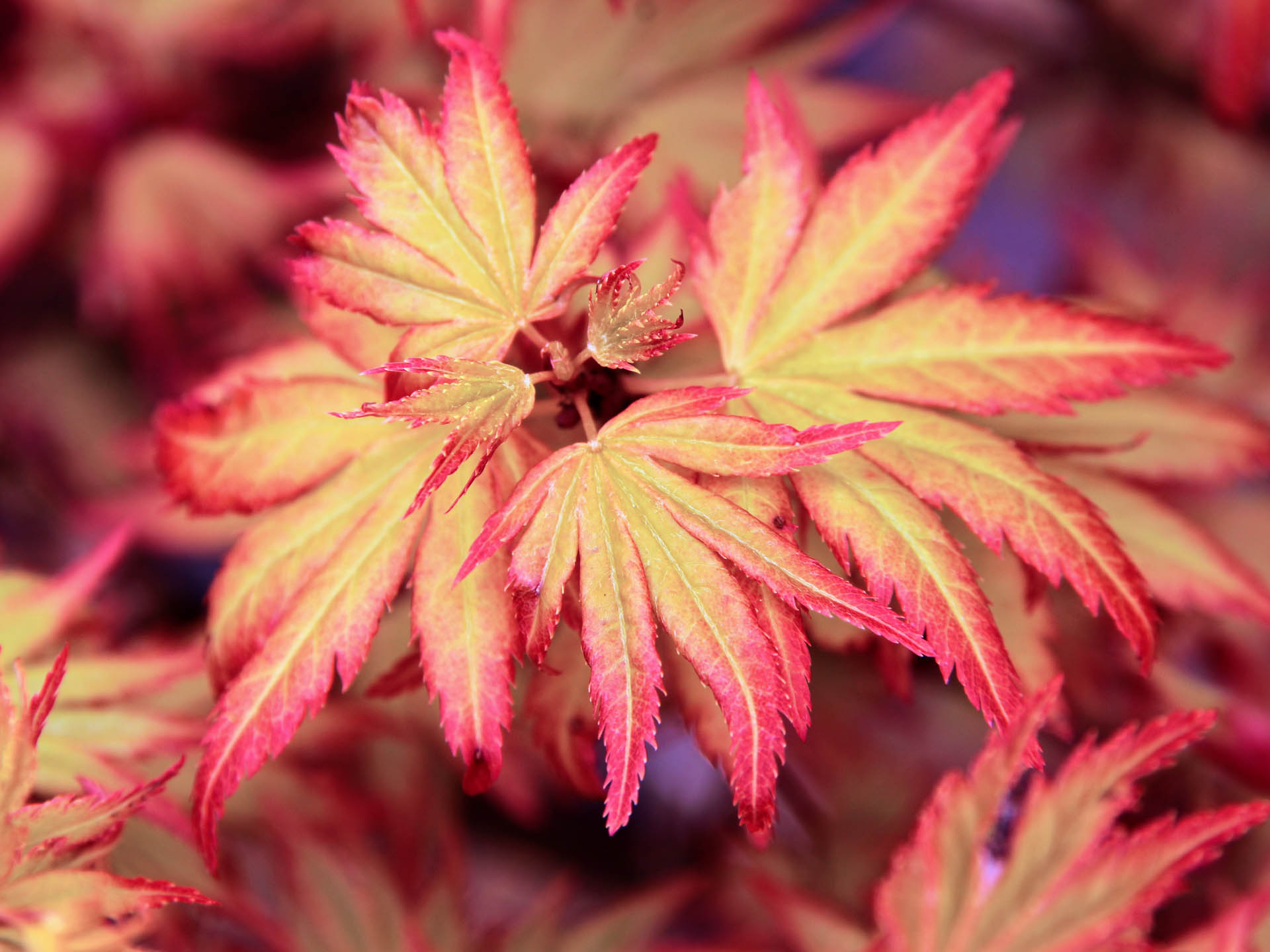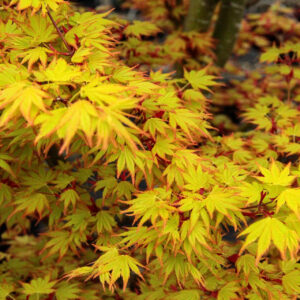

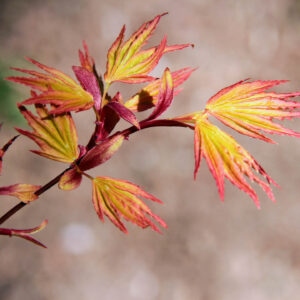
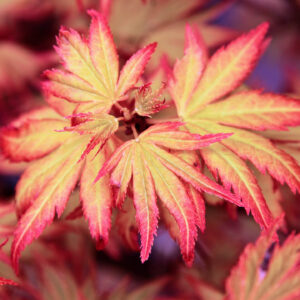

*Photos may demonstrate how the plant grows and do not necessarily pertain to the available crop(s).
Acer palmatum ‘Orange Dream’ Japanese Maple
- Small, densely branched tree
- Pink and orange-edged leaves; excellent red-orange fall color
- Bright green twigs and bark in a winter garden
SKU: AcPalm-OrangeDream-0-0
Categories: Acer palmatum, Intermediate, Intermediate Maples, Japanese Maples, Our Plants, Upright, Upright, Yellow, Yellow Maples, Zone 6, Zone 7, Zone 8, Zone 9
Tags: All Is Fixed, Hardiness Zone 6, Popular
Description
Spring leaves are yellow-orange with red margins. Leaves retain the bright colors, changing to yellow-green with some orange margins in the summer. The fall color of Orange Dream Japanese Maple is yellow.
USDA Hardiness Map
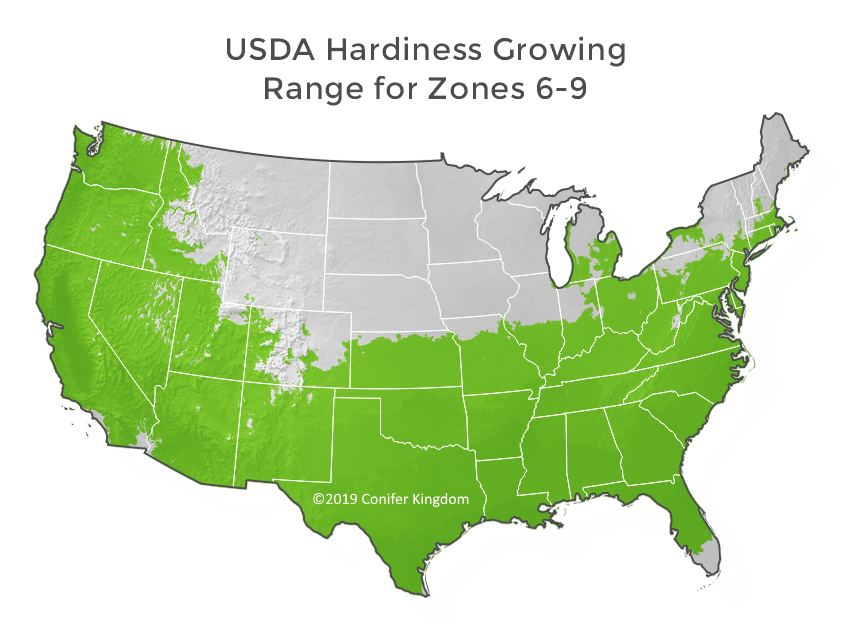
Plant Form

Orange Dream Japanese Maple is a gorgeous small tree with sunny colors that glow brightly in a small garden or container. The Gilardelli Nursery near Milan, Italy, introduced it in 1990, and it was such a stunningly beautiful tree that it received the Royal Horticultural Award of Garden Merit in 2012.
This small tree is upright, densely branched, and sculptural with a relatively fine texture. It grows at a moderate 6″-9″ per year and can attain a height of 6′-8′ and width of 4′-6′ in 10 years. In spring, the new leaves emerge yellow-orange edged in pink. By summer, they darken to a chartreuse with orange edges and then blaze with flaming yellow-orange and red coloring in the fall. After the leaves drop, the dense, bright green twigs and bark add interest to a dormant winter garden. Small red flowers appear in the spring after the leaves have expanded, then develop into red samaras, or helicopters, that stand out brightly against the soft-colored leaves.
Orange Dream is an excellent size and shape where space is limited, such as city gardens, rock gardens, courtyards, Japanese gardens, mixed borders, and small properties. It will also brighten up a shady spot in the garden and is a perfect choice for bonsai or large containers on a porch or patio with bright indirect light.
Moist, well-draining, slightly acidic soil rich in organic matter is ideal for Orange Dream. This tree grows best in the soft morning sun or filtered or dappled light. It needs to be protected from the hot afternoon sun, especially in the warmer regions of its 5-9 range, but it can handle more sunlight in the cooler, northern areas.
For the first year or two, its soil needs regular watering to keep it moist, especially during extended dry periods. Once established, it is moderately drought-tolerant, and a layer of mulch will retain the soil moisture and keep the roots cool. Trees grown in containers will need more frequent watering than those grown in the ground because their soil will dry out faster. There are many shapes, sizes, materials, and colors of pots. Make sure the one you choose is large enough so the roots can expand and has a hole in the bottom for drainage so the roots won’t sit in water.
Orange Dream is a bright spot in the garden that can shine even more brilliantly when surrounded by companion plants that complement its colors. Evergreens and perennials with similar cultural requirements are excellent choices to plant near your tree.
Dark green evergreens, like hemlock, pine, juniper, arborvitae, holly, and rhododendron, make excellent backdrops that accentuate Orange Dream’s light hues. Bright red Japanese maples planted nearby also provide a contrasting color to Orange Dream.
Perennials, such as hellebores, coral bells, pachysandra, hostas, ferns, and ornamental grasses, frame the tree at its base. And spring bulbs, like crocus, daffodils, dwarf iris, snowdrops, squills, and hyacinths, provide color and interest before the tree leafs out in the spring.
Japanese Maples are mainly wind-pollinated, but the flowers attract bees and other small pollinating insects. The samaras attract birds in the fall, but luckily, deer leave this little tree alone.
This small tree is upright, densely branched, and sculptural with a relatively fine texture. It grows at a moderate 6″-9″ per year and can attain a height of 6′-8′ and width of 4′-6′ in 10 years. In spring, the new leaves emerge yellow-orange edged in pink. By summer, they darken to a chartreuse with orange edges and then blaze with flaming yellow-orange and red coloring in the fall. After the leaves drop, the dense, bright green twigs and bark add interest to a dormant winter garden. Small red flowers appear in the spring after the leaves have expanded, then develop into red samaras, or helicopters, that stand out brightly against the soft-colored leaves.
Orange Dream is an excellent size and shape where space is limited, such as city gardens, rock gardens, courtyards, Japanese gardens, mixed borders, and small properties. It will also brighten up a shady spot in the garden and is a perfect choice for bonsai or large containers on a porch or patio with bright indirect light.
Moist, well-draining, slightly acidic soil rich in organic matter is ideal for Orange Dream. This tree grows best in the soft morning sun or filtered or dappled light. It needs to be protected from the hot afternoon sun, especially in the warmer regions of its 5-9 range, but it can handle more sunlight in the cooler, northern areas.
For the first year or two, its soil needs regular watering to keep it moist, especially during extended dry periods. Once established, it is moderately drought-tolerant, and a layer of mulch will retain the soil moisture and keep the roots cool. Trees grown in containers will need more frequent watering than those grown in the ground because their soil will dry out faster. There are many shapes, sizes, materials, and colors of pots. Make sure the one you choose is large enough so the roots can expand and has a hole in the bottom for drainage so the roots won’t sit in water.
Orange Dream is a bright spot in the garden that can shine even more brilliantly when surrounded by companion plants that complement its colors. Evergreens and perennials with similar cultural requirements are excellent choices to plant near your tree.
Dark green evergreens, like hemlock, pine, juniper, arborvitae, holly, and rhododendron, make excellent backdrops that accentuate Orange Dream’s light hues. Bright red Japanese maples planted nearby also provide a contrasting color to Orange Dream.
Perennials, such as hellebores, coral bells, pachysandra, hostas, ferns, and ornamental grasses, frame the tree at its base. And spring bulbs, like crocus, daffodils, dwarf iris, snowdrops, squills, and hyacinths, provide color and interest before the tree leafs out in the spring.
Japanese Maples are mainly wind-pollinated, but the flowers attract bees and other small pollinating insects. The samaras attract birds in the fall, but luckily, deer leave this little tree alone.
Additional information
| Weight | N/A |
|---|---|
| Latin Name | Acer palmatum 'Orange Dream' |
| Common Name | Orange Dream Japanese Maple |
| Plant Size | BP-1, #1 Container, #3 Container, #5 Container, #7, 4-5', #7, 5-6', Specimen |
| Leaf Type | Broadleaf |
| Hardiness Zone | Zones 6-9 |
| Sun Exposure | Part Shade |
| Annual Growth | 6-9" |
| HXW@10 YEARS | 7'x4' |
| Color | |
| Form | |
| Growth Rate | |
| Your auto-detected zip code |  |
| hardiness zone based on zip code |  |
| You can also try another zip code |
Related products
-

Fagus sylvatica ‘Red Obelisk’ European Beech
$89.99 View Details This product has multiple variants. The options may be chosen on the product page -
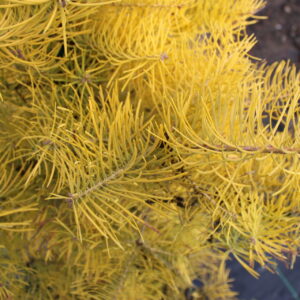
Abies concolor ‘Wintergold’ White Fir
$59.99 – $64.99Price range: $59.99 through $64.99 View Details This product has multiple variants. The options may be chosen on the product page -
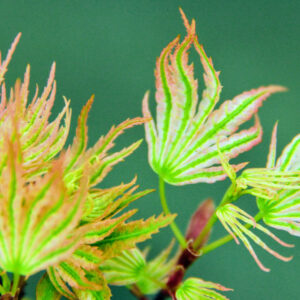
Acer palmatum ‘Abigail Rose’ Japanese Maple
View Details -
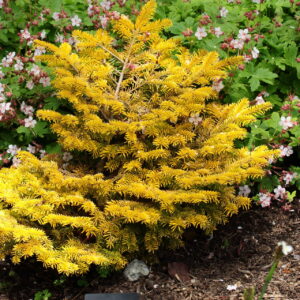
Abies nordmanniana ‘Golden Spreader’ Nordmann Fir
$59.99 – $64.99Price range: $59.99 through $64.99 View Details This product has multiple variants. The options may be chosen on the product page


